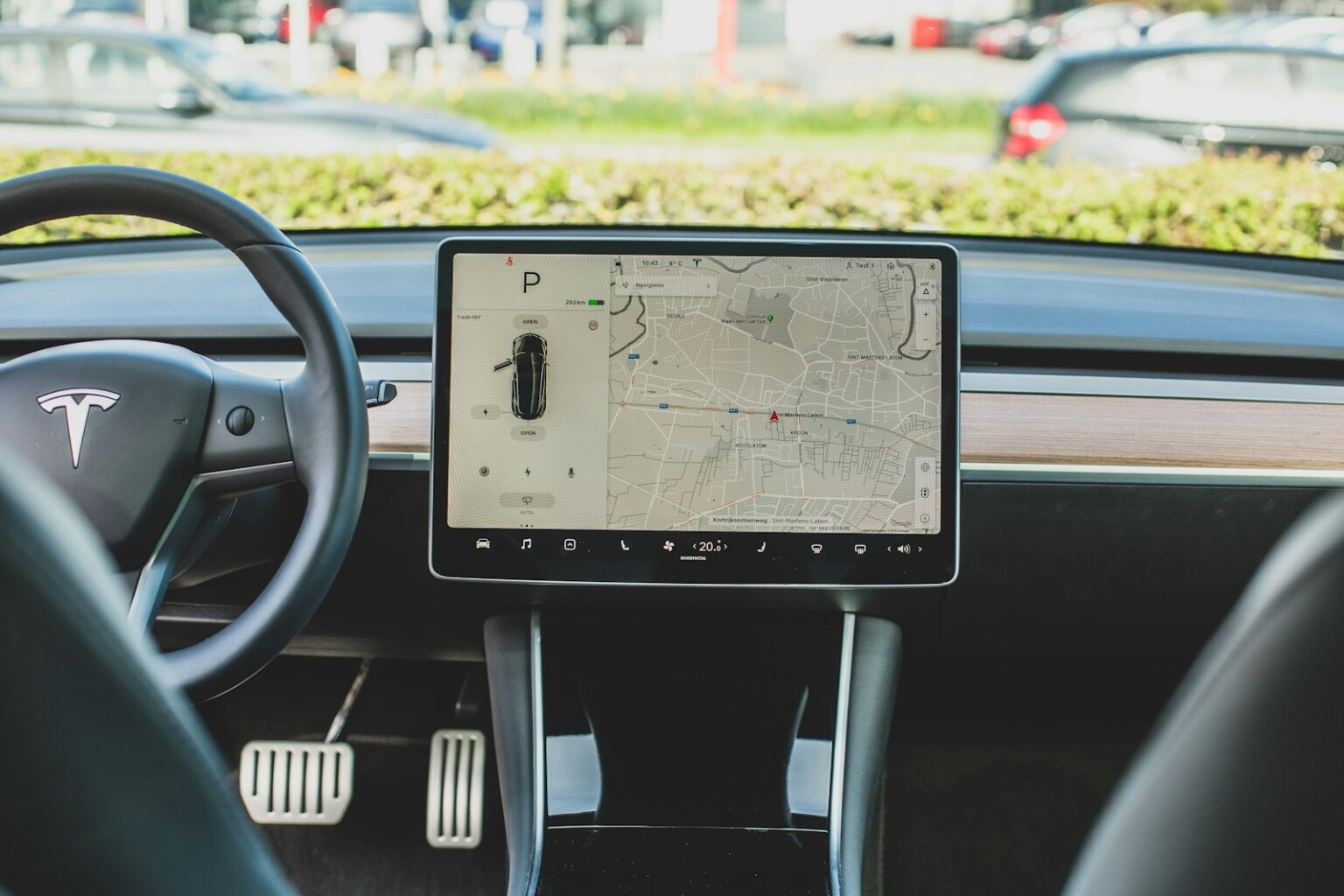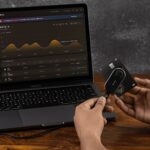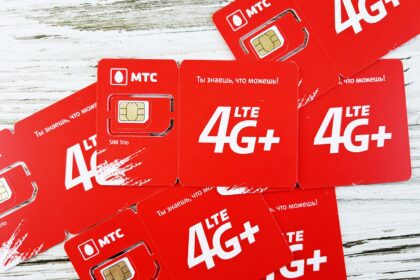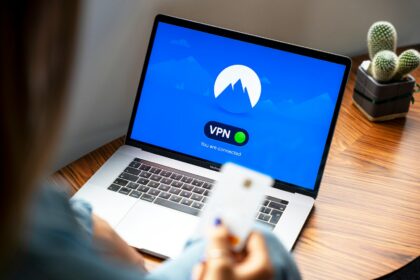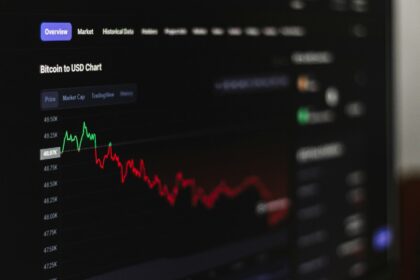Your car is smarter than ever. It connects to your phone, the internet, and even your insurance company. This technology offers amazing benefits. But it also creates new risks. Let’s explore the world of cybersecurity in auto insurance and learn how to stay safe on the digital highway.
Chapter 1: Your Car is Now a Computer on Wheels
Think about your car. It probably has a big screen in the middle. It might have GPS navigation. It connects to your smartphone using Bluetooth. You might even use an app to start it or check its fuel level. These features are very convenient. They make driving easier and more enjoyable.
But these features mean one simple thing. Your car is no longer just a machine. It is a powerful, moving computer. And just like any computer, it creates and stores a huge amount of data. This is where the story begins. This is where we see the deep connection between modern vehicles and the companies that insure them.
What is a Connected Car?
A “connected car” is any vehicle that can communicate with the outside world. It sends and receives information over the internet. Think of it like a smartphone that you can drive. It has its own internet connection. It runs apps. It talks to other devices and systems.
Imagine a woman named Maria. She just bought a new car. The salesperson told her about its “telematics” system. Maria was confused at first. The salesperson explained it simply. “The car has a small device, like a fitness tracker. It tracks how you drive. It knows if you brake gently or accelerate smoothly. Your insurance company can use this information to give you a discount.” Maria liked the sound of that. A discount for being a good driver seemed like a great deal.
This telematics system is a key part of the connected car. It’s the bridge between your driving habits and your insurance policy. It collects data. Lots of data.
The Data Your Car Collects
Modern cars are data factories. They collect information about almost everything that happens. This information can be sorted into a few main types.
First, there is driving behavior data. This is what Maria’s telematics system tracks. It includes:
- Your speed: How fast you typically drive on different roads.
- Acceleration and Braking: Whether you speed up quickly or brake hard.
- Time of Day: If you often drive late at night, which can be riskier.
- Trip Duration and Mileage: How far and how long you drive.
- Your Location: GPS data shows where you go and where you park your car.
Second, there is personal data. This information is often linked to you directly. When you connect your phone to the car, it can access things like your contacts, call logs, and even text messages. Your infotainment system might have your login details for apps like Spotify or Google Maps. This is your personal life, sitting right inside your car’s dashboard.
Third, there is vehicle health data. Your car knows its own condition. It tracks tire pressure, engine performance, oil life, and battery status. It can even report a problem directly to your mechanic. This is very useful. It helps you maintain your car and avoid breakdowns.
Why Do Insurance Companies Want This Data?
The main reason is something called Usage-Based Insurance (UBI). The old way of setting insurance prices was based on general categories. Your age, your gender, where you live, and the type of car you drive. It was a good system, but it wasn’t very personal.
UBI changes everything. With data from your car, an insurance company can see how you actually drive. If you are a safe, careful driver, you can prove it with data. In return, the company can offer you a lower price. It’s a simple idea: your premium is based on your actions, not just your profile. This is a powerful incentive for people to drive more safely. This shift towards UBI makes the topic of cybersecurity in auto insurance incredibly important.
Chapter 2: The New Dangers in a Connected World
This constant flow of data creates amazing opportunities. But it also opens the door to new dangers. When something is valuable, someone will always try to steal it. In the digital world, data is very valuable. This means that your car, and the information it sends to your insurer, can become a target for cybercriminals.
These threats are real. Understanding them is the first step to protecting yourself. The risks are not just about someone stealing your car. They are about someone stealing your life, your privacy, and your peace of mind.
Hacking the Vehicle Itself
Let’s consider a frightening story. A few years ago, a team of security researchers wanted to show what was possible. They chose a popular car model. From their living room, miles away, they found a way into the car’s computer system. They did it through its entertainment system. First, they turned on the radio and the windshield wipers. The driver was confused but not alarmed.
Then, they did something much more serious. They disabled the car’s transmission while it was on the highway. The car slowed to a stop, helpless. This experiment was done by “white-hat” hackers, the good guys who find security holes to get them fixed. But it proved a very important point: hacking a car is possible.
While this type of attack is still rare, it highlights a major vulnerability. If a criminal can control your car, they can steal it without a key. In the worst case, they could cause an accident. This is the most dramatic risk in the world of automotive cybersecurity.
Stealing Your Digital Identity
A much more common and immediate threat is data theft. Your data can be stolen from three main places: from the car itself, from the insurance company’s servers, or while it is being sent between the two.
Theft from the car: If a thief gets physical access to your car, they might be able to plug a device into its diagnostic port and download data. Or, they could hack into its Wi-Fi or Bluetooth connection to steal information stored on the infotainment system.
Theft from the insurer: This is a huge risk. Insurance companies are a goldmine for hackers. They store the personal information of millions of customers. This includes names, addresses, driver’s license numbers, birth dates, and even financial details. A successful data breach at a major insurance company can expose all of this information.
Theft during transmission: When your car sends data to your insurer, it travels over the internet. If this connection is not secure, a hacker could intercept it. It’s like someone listening in on a private phone call. They could capture your location data, see your driving habits, and learn your daily routine.
What Hackers Do With Stolen Data
Why do criminals want this data? They can use it in many harmful ways. They can sell it on the dark web to other criminals. They can use your personal information to commit identity theft. This means opening credit cards in your name or taking out loans. They could use your driving data to file fake insurance claims. Or, in a more personal attack, they could use your GPS history to stalk you.
The stakes are high. This is why a strong focus on cybersecurity in auto insurance is not just a good idea; it is absolutely necessary for everyone’s safety.
A Table of Modern Risks
Here is a simple table that summarizes the main threats and what they could mean for you.
| Threat Type | What it is in Simple Terms | How it Could Affect You |
|---|---|---|
| Vehicle Hacking | A hacker takes control of your car’s digital systems. | Your car could be stolen, or its safety features could be turned off, possibly leading to an accident. |
| Insurer Data Breach | Criminals hack the insurance company and steal customer files. | Your name, address, license number, and other private details are stolen and sold for identity theft. |
| Data Interception | A hacker “listens in” as data is sent from your car. | Your private location data and driving habits are exposed, which could be used for stalking or theft. |
| Infotainment System Hack | Someone breaks into your car’s media and app center. | Your connected accounts (email, music) are compromised, and personal information from your phone is stolen. |
Chapter 3: The Insurance Industry’s Defense Plan
After hearing about all these risks, you might feel worried. That’s a normal reaction. The good news is that insurance companies and car manufacturers are taking these threats very seriously. They know that trust is everything. If customers don’t feel their data is safe, they won’t sign up for programs like UBI. A strong defense is crucial for the future of the industry.
The entire field of cybersecurity in auto insurance is focused on building these defenses. It is a constant battle between security experts and hackers. The experts are working hard to stay one step ahead.
The Power of Encryption
One of the most powerful tools in cybersecurity is encryption. It’s a simple but brilliant idea. Imagine you want to send a secret message. You write it down, but then you use a special codebook to change every letter. The message now looks like nonsense. Only someone with the exact same codebook can translate it back to the original message.
Encryption works the same way for data. Before your car sends information to the insurer, it scrambles it using a complex mathematical key. When the insurer’s server receives the data, it uses its own key to unscramble it. If a hacker intercepts the data while it’s traveling, all they see is a meaningless jumble of characters. It is completely useless to them without the key.
Building Digital Fortresses
Insurance companies store your data on servers. You can think of a server as a giant digital filing cabinet. To protect this data, companies build multiple layers of security around them. This is often called “defense in depth.”
These defenses include firewalls, which act like security guards that monitor all incoming and outgoing traffic. They use intrusion detection systems that sound an alarm if they spot suspicious activity. The data itself is stored in highly secure data centers with physical security, like guards and cameras, as well as digital security.
“The goal is to make a data breach so difficult and so expensive that hackers will give up and go somewhere else. We build walls, and then we build walls around those walls.” – Quote from a fictional Head of IT Security.
Constant Vigilance: Audits and Testing
You can’t just build a fortress and walk away. You have to constantly check for weaknesses. Insurance companies hire teams of security experts to do this. They conduct regular security audits to review every part of their system. They also employ ethical hackers (like the ones who stopped the car on the highway) to try to break into their own systems. This is called penetration testing. It’s better to find a weakness yourself than to let a criminal find it.
Making Data Anonymous
Sometimes, insurers want to analyze driving data to spot trends. For example, they might want to know which intersections in a city are the most dangerous. To do this, they don’t need to know that you drove through that intersection. They only need to know that a car did.
This is where anonymization comes in. The company can strip out your personal details, like your name and address, from the driving data. The data becomes anonymous. It’s still useful for research, but it can no longer be traced back to you. This is a great way to protect customer privacy while still getting valuable insights.
Chapter 4: Your Role: How to Be a Smart and Safe Driver
Insurance companies and car makers have a huge responsibility to protect you. But you are not just a passenger on this journey. You are the driver. You also have a role to play in keeping your data safe. Your actions can make a big difference.
Think of it like locking your house. A strong lock is important. But the lock is useless if you forget to use it. In the same way, the security features in your car and with your insurer are much more effective when you practice good digital habits. Improving your personal habits is a key part of good cybersecurity in auto insurance.
Create Strong, Unique Passwords
Many connected cars and insurance apps require you to create an account with a password. It is very important to make this password strong. A weak password is like leaving your front door unlocked. Avoid simple passwords like “123456” or “password.” Don’t use your birthday or your pet’s name.
A strong password should be long. Aim for at least 12 characters. It should be a mix of uppercase letters, lowercase letters, numbers, and symbols. A good trick is to think of a short, memorable sentence and turn it into a password. For example, “My dog Max loves to chase squirrels!” could become “MdM_l2cs!”. It’s hard for a computer to guess but easy for you to remember.
Keep Your Software Updated
You get notifications to update the software on your phone and computer all the time. It’s easy to ignore them. But you shouldn’t. The same is true for your car. Car manufacturers often release software updates. These updates might add new features, but they also frequently contain critical security patches.
Think of a security hole as a small crack in a castle wall. A software update patches that crack, making the wall strong again. Always install updates for your car’s system and for your insurance company’s app as soon as they are available.
Be Wary of Public Wi-Fi
Public Wi-Fi at coffee shops or airports is convenient. But it’s often not secure. Hackers can set up fake Wi-Fi networks with similar names to trick you. If you connect your car or your phone to one of these networks, a hacker could see everything you are doing online.
It’s best to avoid connecting your car to public Wi-Fi networks. Use the car’s built-in cellular connection or your phone’s secure hotspot instead.
Review App Permissions and Privacy Policies
When you install an app, it asks for permission to access things on your phone, like your contacts or location. Think carefully before you click “accept.” Does the app really need that information to work? The same goes for your car’s system. Be mindful of what data you are agreeing to share.
It’s also a good idea to take a few minutes to read the insurance company’s privacy policy. It might seem long and boring. But it contains important information about what data they collect, how they use it, and who they share it with. You have a right to know.
Chapter 5: The Road Ahead for Cybersecurity
The world of automotive technology is moving incredibly fast. Cars are becoming more connected, more intelligent, and more autonomous every year. This progress is exciting. But it also means that the challenge of cybersecurity will only grow. The future of cybersecurity in auto insurance will be defined by new technologies and even stronger collaborations.
The Challenge of Self-Driving Cars
The biggest change on the horizon is the arrival of fully autonomous, or self-driving, cars. When a car drives itself, its reliance on software and data is absolute. The security of that software is a matter of life and death. A hacked autonomous car is a terrifying prospect.
This means that security can no longer be just one feature among many. It must be built into the very core of the vehicle’s design. Car manufacturers, tech companies, and insurers will have to work together more closely than ever to create foolproof systems. The question of liability will also become more complex. If a self-driving car is hacked and causes an accident, who is at fault? The owner? The manufacturer? The software company? These are the tough questions the insurance industry is already working to answer.
Using Artificial Intelligence as a Weapon for Good
The same technologies that power self-driving cars can also be used to defend them. Artificial Intelligence (AI) and machine learning are powerful tools for cybersecurity. Security systems can use AI to learn what normal network traffic looks like for an insurance company.
Then, it can monitor the network in real-time. If it spots any activity that looks unusual or suspicious, it can immediately flag it as a potential threat. It can even take action automatically to block the threat before a human analyst even sees it. This is like having a super-intelligent digital guard dog that never sleeps.
A Call for Universal Standards
Right now, every car company has its own way of doing things. This can create inconsistencies and security gaps. In the future, we will likely see a push for industry-wide security standards. Governments and industry groups will come together to create a common set of rules and best practices that all manufacturers must follow.
This will ensure that every new car sold has a strong baseline of security. It will make it easier for different systems to communicate safely and for insurance companies to assess risk accurately.
Conclusion: Driving Confidently into the Future
The relationship between our cars and our insurance providers has changed forever. We are living in an era of unprecedented connection. This brings us personalized pricing, enhanced safety features, and incredible convenience. But with this new power comes a new responsibility.
The world of cybersecurity in auto insurance can seem complex and intimidating. But the core ideas are simple. Our data is valuable, so we must protect it. The companies we trust with our data must build strong defenses. And we, as drivers and customers, must practice smart digital habits.
By working together, we can navigate the challenges of this new digital road. We can enjoy the benefits of connected technology while keeping ourselves, our cars, and our digital identities safe from harm. The road ahead is digital, and with the right precautions, it can be a safe one for all of us.


